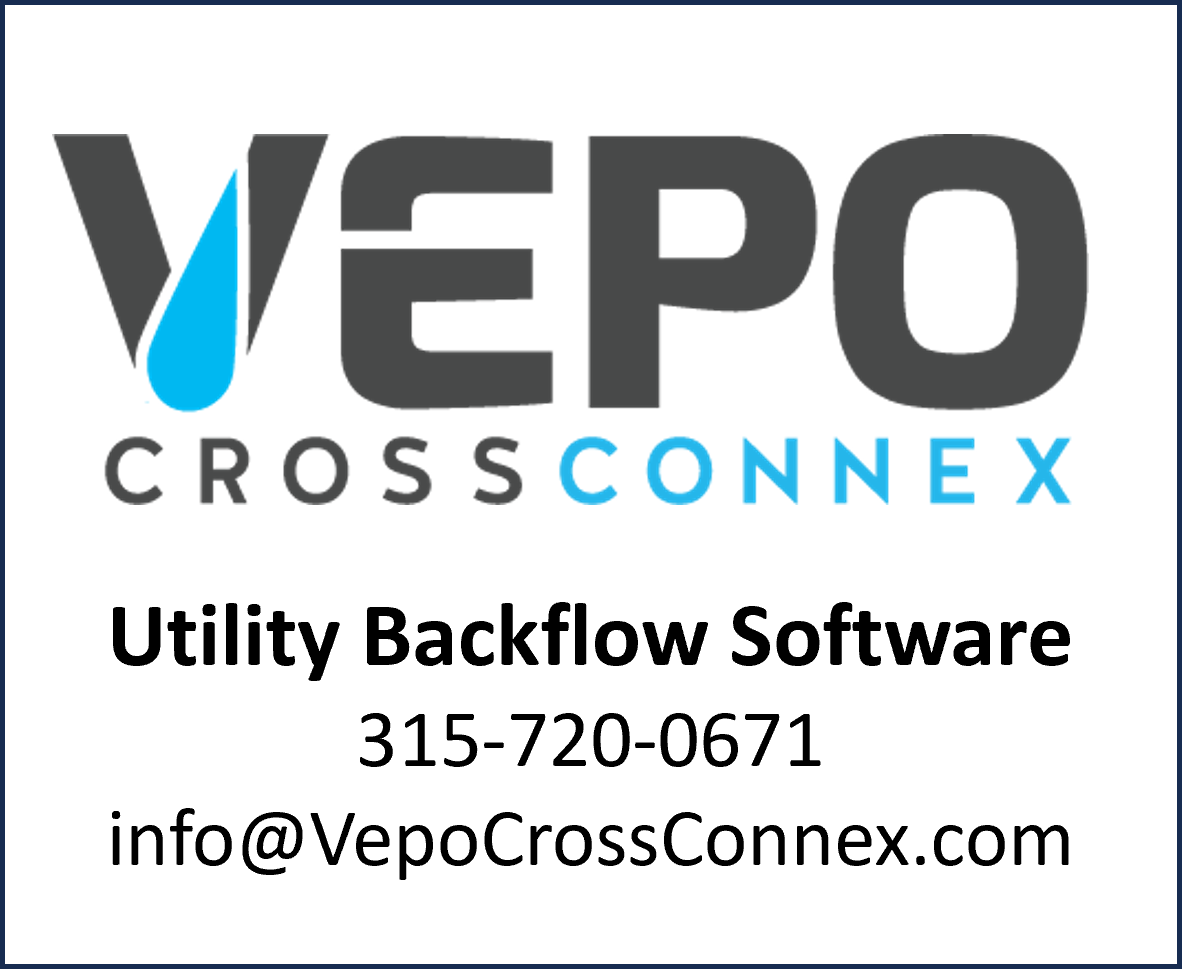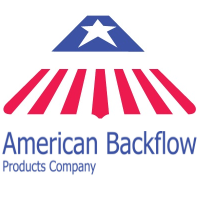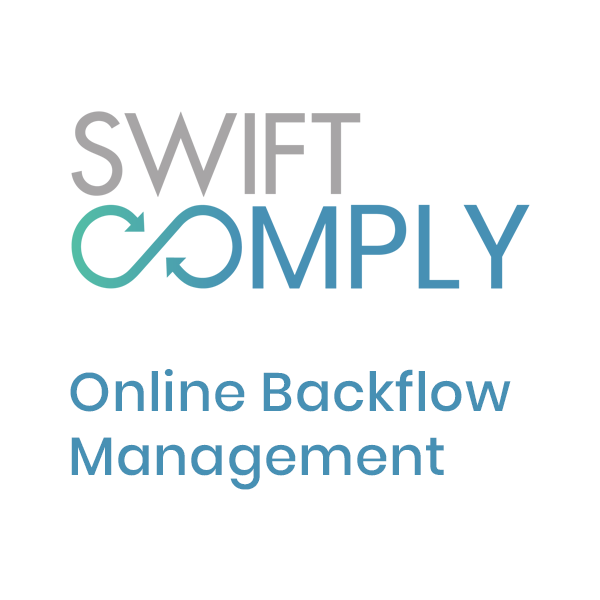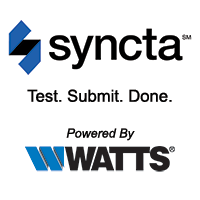February’s Group meeting was held at the City of Milton’s Public Works. Thank you, Rocky Walston, for hosting this month. The meeting was called to order at 10:05am by Chair Brian Gumke, introductions were made and those in attendance were: Delynn Erickson Woodinville Water, Tim Cantwell, Woodinville Water, Paul Molisani EcosConnect Software, Chris Sutton Backflow NW, Tony Peredo Rainier View Water, Robert Eastwood Retired, Bill Bernier DOH, Scott Hemingway WETRC, Todd Freeman City of Issaquah, Dan Lock City of Issaquah, Bobby Agnew City of Redmond, Josh
VanQuaethem BAT, Dale Baxmann Seattle Public Utilities, Jon Seibel Highline Water District, Forrest Bailey City of Tumwater, Branden Clark City of Lacey, Justin Moore City of Dupont, Fred Foreman City of Dupont, Treasurer Dennis McLaughlin Retired, Vice Chair Mick Holte City of Renton, Past Chair Jeff Kobylk City of Edmonds, Debbie Crooks City of Kent, Carla Snyder Coal Creek Utility District, and Secretary Katarina Hirai Silver Lake Water & Sewer District. The Group Treasurer Dennis reported the Group’s account balance as of February 19, 2020 was $31,776.42 with costs last month of $37.50 for website maintenance and income of $237.16 from dues, interest, and website advertising The meeting began with discussion of the upcoming BAT Forum. This year the BAT Forum will have presentations from DOH, WETRC, small business development, and the insurance industry. The Group also possesses another Mako Electronic Test Kit, which could be offered as an incentive to bring more BATs to the event. There was discussion of either having a silent auction, a raffle, or providing it as a door prize. Each option offered pros and cons to the Group and the attendees. In the end, Dale Baxmann motioned that the Mako test kit be offered as a free giveaway to any attendee at the BAT Forum. The motion was seconded by Tim Cantwell and passed with 17 votes for and one against.
Dennis reported that there will be 13 vendors in attendance at the BAT Forum, each contributing a door prize as the price to participate. Next discussed was the upcoming seminar. Sean Cleary with IAPMO has graciously offered to present at the seminar. He provided four topics he could present on and after discussion it was agreed that Sean would give his presentations on “Chemical Dispensers and backflow protection” and “Backflow Prevention and the UPC”. A Seminar Committee was formed to organize the agenda and the presenters. The committee consists of Chris Sutton, Bob Eastwood, Scott Hemingway, and Dennis McLaughlin. The Venue Committee was unable to secure an alternate venue in Tacoma, so the seminar will be held at the La Quinta in Tacoma this year. It was suggested that a venue committee be established for the North end and the South end to research and secure venues well in advance of upcoming seminars.
After a short break, Bill Bernier with the Department of Health presented on completing the Annual Summary Report (ASR). Bill began with the reason for the ASR. The data collected through the ASR has been utilized to persuade lawmakers that backflow assembly testing and cross connection control programs are essential to water quality. The data was sent to Idaho last year and to Michigan 5 years ago to convince lawmakers to vote against legislation that would have done away with backflow assembly testing requirements. The data is also available to you, the purveyor, to discover who else may be carrying out a similar program or utilizing the same backflow software. The ASR is required to be completed by 242 purveyors, that serve 1,000 or more connections, which equates to roughly 5 million people or 75% of the population. There are 22 purveyors with premises isolation programs, a significant increase over the last 5 years, as hazard surveys and continuous resurveying are becoming increasingly difficult for purveyors to establish.
Next, Bill gave an overview of the different forms that need to be completed for the ASR. These forms are online, and an email is sent at the beginning of January to the CCS and operations manager on record with login instructions. Some tips and updates from Bill:
– Be sure to SAVE often. Data can be lost easily if the website crashes or if you mistakenly navigate away from the webpage.
– Use the import tool to save time.
– With the new PFAS rules taking effect next summer, Table 9 will now be Table 13 in the WAC. You may need to update your documentation if you reference “Table 9”.
– Premises Isolation means the water system is protected from the entire facility. The assembly does not have to be at the meter or property line.
– The DOH wants to make it as easy as possible to complete this report. This report is not nearly as important as protecting your distribution system.
– Don’t get caught up in the definition of care facilities. Determine the level of protection required and define it for yourself, whether it be assisted living, nursing home, or other.
– You don’t need to keep granting an exception to a facility that will never be a Table 9 facility.
– The state has over 300,000 backflow assemblies, if you are worrying about how to report a backflow assembly you are working too hard. Just make sure you have backflow protections where it is needed, and it is tested each year.
– Report ALL failures. This data is essential for continued legislative support of CCC.
– If you have any questions, call Bill Bernier.
The meeting ended with a drawing for a painting created by Treasurer Dennis McLaughlin. Congratulations Josh VanQuaethem!
The meeting adjourned at 11:49am.
The Group’s next meeting will be the BAT Forum on March 18th at the Brightwater Treatment Center, 22505 WA-9 in Woodinville, from 9am to 12pm.
Remember to renew your membership dues for 2020 if you haven’t already; you can check your membership status here.
Hope to see you at the next meeting!
Katarina Hirai
2020 Group Secretary










